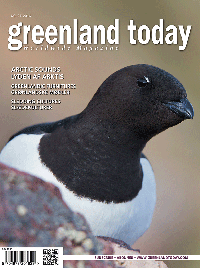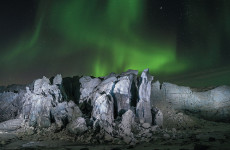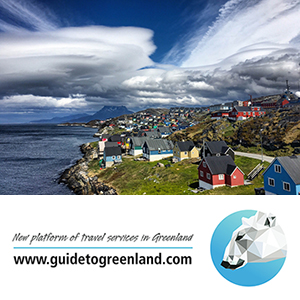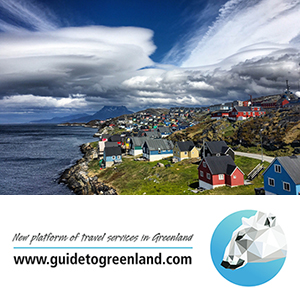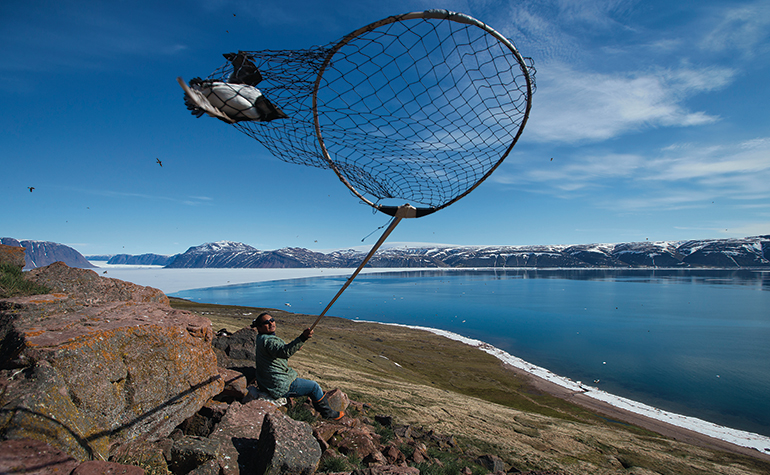
The images of this article is shot by Carsten Egevang, and is part of a joint project between Iceland, the Faroe Islands and Greenland to communicate the biological and cultural importance of seabird harvest.
Text & Photos: Carsten Egevang, greenland today July 2016
The little auk is a tiny-sized, black and white seabird restricted to inhabit the most harsh and remote areas of the high-Arctic zone. But what the little auk is missing in body size and colourful plumage it compensates for with its enormous numbers of individuals at the breeding site. The colonies of the little auk often exceed hundreds of thousands – even millions in some places – individuals. The Thule area in North Greenland is the core distribution area of the little auk with more than 80% of the world’s population is found here. Here a unique form of seabird harvesting takes place and a very special local dish – the Kiviaq – is prepared.
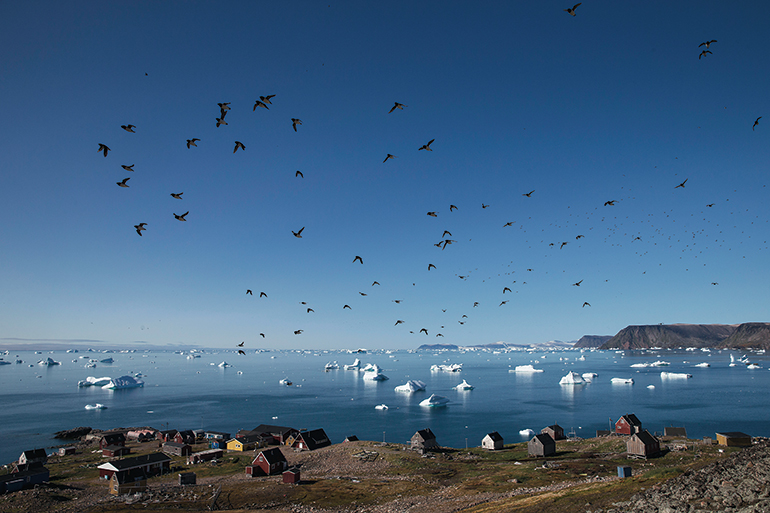
Birds by the millions
The little auk is found in the Thule area in the northern part of Greenland during the short and hectic Arctic summer where they come to breed. The birds arrive from the southern winter quarters in May and leave again around September. In this period the colonies become alive with birds and the sky over the colony is painted black by the many birds. The high number of birds gathered in the same place results in high numbers of bird droppings added to the environment close to the colony. The fertilizing effect of bird excrement makes the surroundings of little auk colony appear lush and green in an otherwise barren and nutrient poor environment. This phenomenon is beneficial to the grass-eating Arctic mammals and often high densities of musk oxen, reindeers and polar hare are found close to little auk colonies.
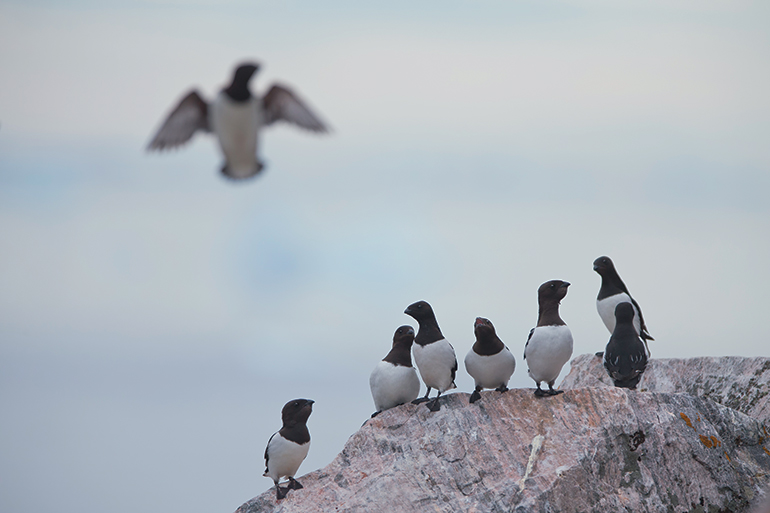
The total population of little auks in the Thule area is estimated between 30 and 60 million pairs. This high number of birds can only be supported by an extremely high productivity in the marine environment – and this is what the North Water polynya provides. Local currents and wind systems keep the polynya ice free throughout the winter and by the onset of spring productivity is many times higher compared to ice covered areas. An extraordinary large bloom of ice algae is followed by trillions of tiny copepods – the principal prey species of the little auk – and for a short period of time food is abundant.
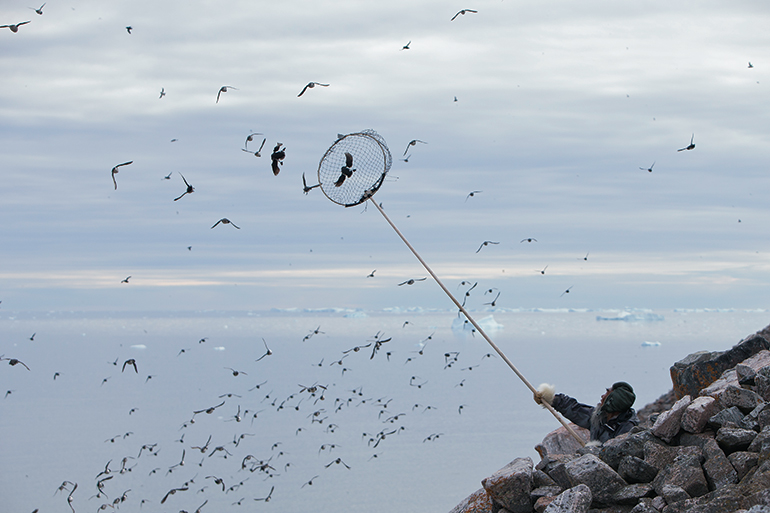
Kiviaq
The little auk has always been important to the local human inhabitants of Thule. It is likely that the small bird with a mass of only 150 gram has been the very core of survival in this harsh and unforgiving environment. But the enormous number of birds has only been available to the Inuit for a limited period of time during the year. Preserving and storing the little auks has been necessary in order to make the food last through scarce times with poor hunting. The kiviaq is prepared by removing the bones and meat from a freshly shot ringed seal (Pusa hispida) but leaving the blubber attached to the skin. The seal is then stuffed with 300 to 500 little auks and stored under a pile of rocks for a period of 3 to 6 months. Under low temperatures the blubber of the seal starts a fermentation giving a strong and ripe taste to the birds.

Today, hunting of the little auk is still important in the Thule District. The birds are caught in the colonies using a catcher (pole net). The harvesting of the little auk is an activity everybody participates in. Where most other hunting in Greenland is carried out by male hunters, little auk harvesting is done by both man and woman – old, young and children. Most of the birds today are eaten after cooking, but some are still used for making the traditional kiviaq. Today the kiviaq is treasured not so much for storage, but is considered a delicacy saved for important celebrations such as confirmation, weddings and the annual National Day. It is a strong tasting dish and the loose meat of the birds resembles a mixture of really strong cheese and liquorice.
See more
Carstenegevang.com
Atlanticseabirds.info


